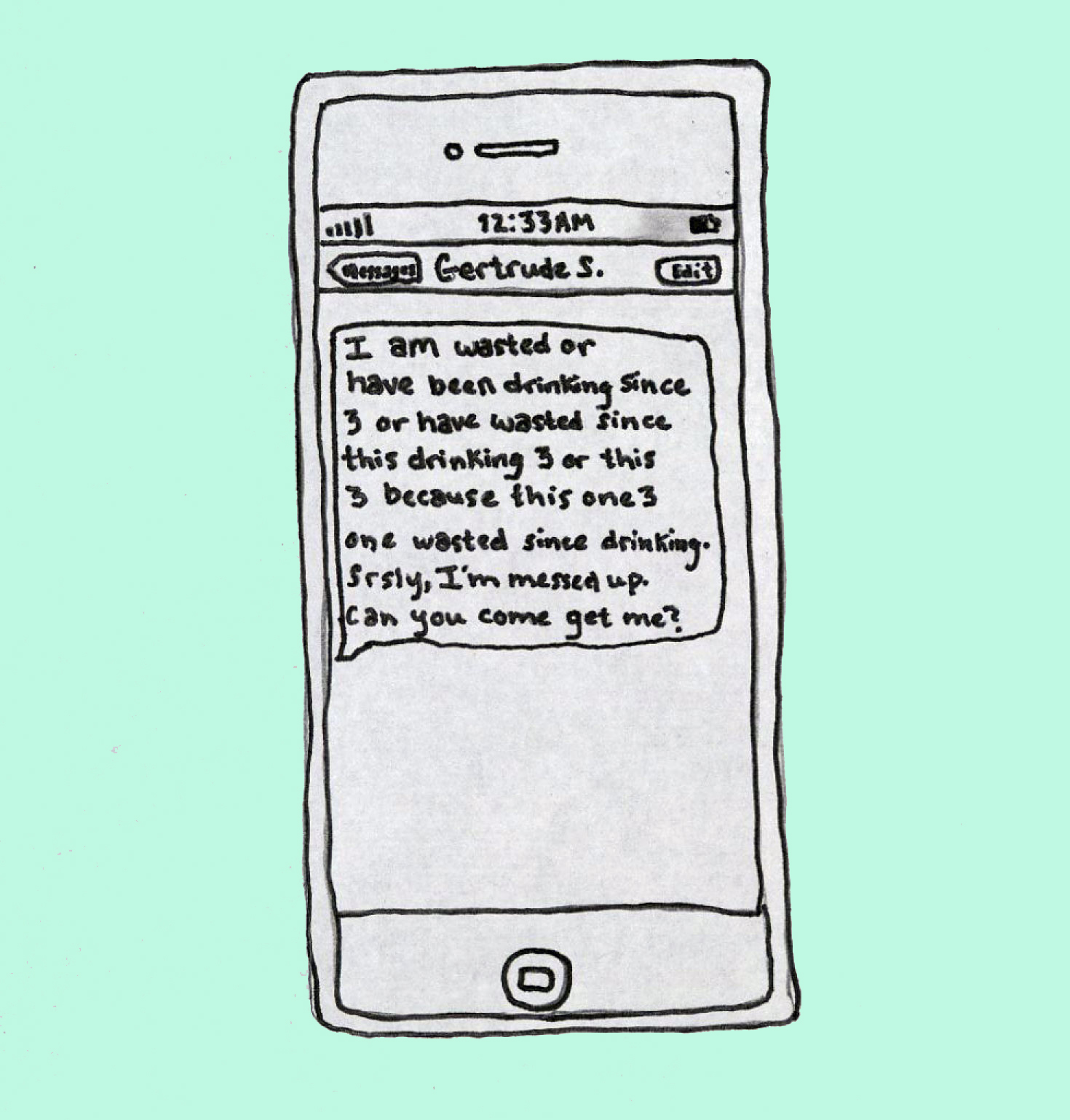Russia has made the 239,Blackmail (2023) Hindi Web Series000-mile journey through space to the moon for the first time in a half-century and has photographic evidence to prove it.
The Institute for Space Research of the Russian Academy of Sciences released an image Thursday of the Zeeman crater in the lunar south pole region on the far side of the moon, taken just about 8 a.m. Moscow time.
The photos follow some stunning images provided by India's lunar spacecraft last week.
"Invisible from the Earth, the Zeeman crater is a unique object on the lunar surface and is of great interest to researchers," the institute said in a news release, adding that the height of the basin is about 5 miles deep with a relatively flat bottom.
SEE ALSO: Right now 2 nations are racing to the moon to land at the south pole The Zeeman сrater as imaged by Russia's Luna-25 spacecraft. Credit: IKI RAS
The Zeeman сrater as imaged by Russia's Luna-25 spacecraft. Credit: IKI RAS The Soviet Union, which collapsed in 1991, was the first nation to land a robotic spacecraft on the moon and sent many afterward. But the Luna-25 mission is the first moon voyage for Russia in the post-Soviet era. The mission was originally intended as a partnership with the European Space Agency, but Europe backed out following Russia's invasion of Ukraine. Roscosmos, the Russian space agency, has pushed ahead with a go-it-alone approach.
The Soviet Union's Luna-3 mission captured the world's first image of the far side of the moon in October 1959.
The latest space race is between Russia and India, though it's possible — even likely — neither nation will win, given the difficulty of the challenge: first to land at the shadowy lunar south pole.
This Tweet is currently unavailable. It might be loading or has been removed.
Want more scienceand tech news delivered straight to your inbox? Sign up for Mashable's Light Speed newslettertoday.
 The Soviet Union's Luna-3 mission captured the world's first image of the far side of the moon in October 1959. Credit: USSR space agency
The Soviet Union's Luna-3 mission captured the world's first image of the far side of the moon in October 1959. Credit: USSR space agency Each will try to put a crewless spacecraft on this unexplored region of the moon, where scientists believe water ice is buried within craters. The murky, dark area will be a much tougher target than previous sites chosen by the Soviet Union, United States, and China, who have landed in bright conditions around the moon's equator.
Though 60 years have passed since the first non-human moon landings, touching down safely remains a daunting task, with less than half of all missions succeeding. Unlike around Earth, the moon's atmosphere is very thin, providing virtually no drag to slow a spacecraft down as it approaches the ground. Furthermore, there are no GPS systems on the moon to help guide a craft to its landing spot.
The Indian Space Research Organization's Chandrayaan-3 mission launched in mid-July from Sriharikota, a barrier island of southeastern India. It's the space agency's do-over following a crash on the moon in 2019. The team will get its next crack at a landing on Aug. 23. On Thursday, the lander successfully separated from its propulsion module as it continues to prepare for the main event, according to the space agency.
Roscosmos has said its robotic Luna-25 spacecraft could touch down on the moon as early as Monday, Aug. 21.
(Editor: {typename type="name"/})
 Apple is actively looking at AI search for Safari
Apple is actively looking at AI search for Safari
 Drunk Texts from Famous Authors
Drunk Texts from Famous Authors
 The Morning News Roundup for June 10, 2014
The Morning News Roundup for June 10, 2014
 What We’re Loving: Real Struggle, Real Soul, Real Tennis
What We’re Loving: Real Struggle, Real Soul, Real Tennis
How to Secure Your Android Phone and Get the Most Out of Smart Lock
Happy Birthday, Robert Creeley!
 Robert Creeley’s “The Dishonest Mailmen”By Dan PiepenbringMay 21, 2014The Poem Stuck in My HeadRober
...[Details]
Robert Creeley’s “The Dishonest Mailmen”By Dan PiepenbringMay 21, 2014The Poem Stuck in My HeadRober
...[Details]
Signs and Wonders: In the Studio with Hayal Pozanti by Joseph Akel
 Signs and Wonders: In the Studio with Hayal PozantiBy Joseph AkelJune 10, 2014Studio VisitMy first e
...[Details]
Signs and Wonders: In the Studio with Hayal PozantiBy Joseph AkelJune 10, 2014Studio VisitMy first e
...[Details]
 Project Angel RaidBy Ross Kenneth UrkenJune 19, 2014First PersonSleep-away camp revisited.From the c
...[Details]
Project Angel RaidBy Ross Kenneth UrkenJune 19, 2014First PersonSleep-away camp revisited.From the c
...[Details]
Amazon Book Sale: Shop early deals now
 Best early Amazon Book Sale deals: Best Kindle deal
...[Details]
Best early Amazon Book Sale deals: Best Kindle deal
...[Details]
The Morning News Roundup for June 11, 2014
 Hunting John Wilkes Booth’s Diary, and Other NewsBy Dan PiepenbringJune 11, 2014On the ShelfBooth ca
...[Details]
Hunting John Wilkes Booth’s Diary, and Other NewsBy Dan PiepenbringJune 11, 2014On the ShelfBooth ca
...[Details]
 TaxonomyBy Sadie SteinJune 12, 2014Our Daily CorrespondentWhich is it?I have a terrible feeling that
...[Details]
TaxonomyBy Sadie SteinJune 12, 2014Our Daily CorrespondentWhich is it?I have a terrible feeling that
...[Details]
The Morning News Roundup for June 4, 2014
 Cursive Matters, and Other NewsBy Dan PiepenbringJune 4, 2014On the ShelfImage via Wikimedia Commons
...[Details]
Cursive Matters, and Other NewsBy Dan PiepenbringJune 4, 2014On the ShelfImage via Wikimedia Commons
...[Details]
The Amazon Book Sale is coming April 23 through 28
 Amazon just dropped the dates of its next sale, and this time, it's for the book lovers. The Amazon
...[Details]
Amazon just dropped the dates of its next sale, and this time, it's for the book lovers. The Amazon
...[Details]
Café Entertainment by Sadie Stein
 Café EntertainmentBy Sadie SteinJune 16, 2014Our Daily CorrespondentKároly Ferenczy, Fiatal lány a b
...[Details]
Café EntertainmentBy Sadie SteinJune 16, 2014Our Daily CorrespondentKároly Ferenczy, Fiatal lány a b
...[Details]
Tennessee vs. Kentucky 2025 livestream: How to watch March Madness for free

The Morning News Roundup for June 4, 2014

接受PR>=1、BR>=1,流量相当,内容相关类链接。